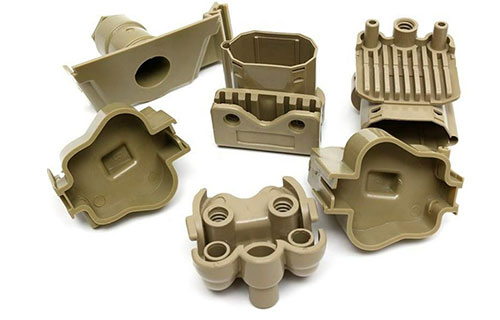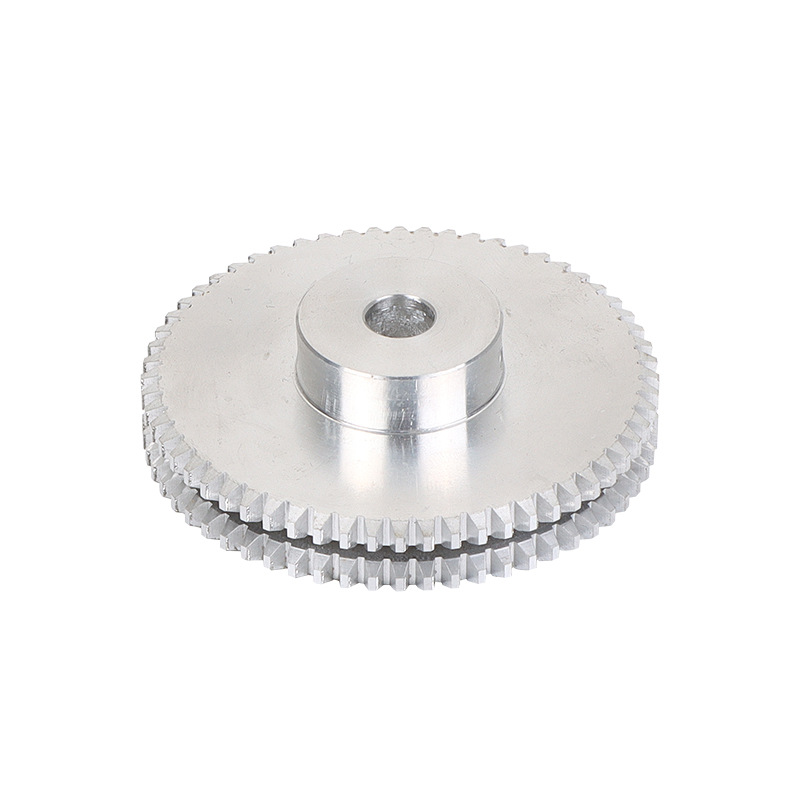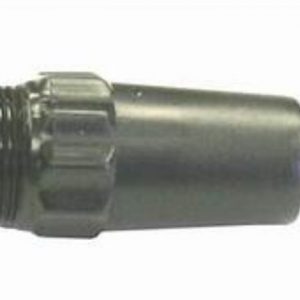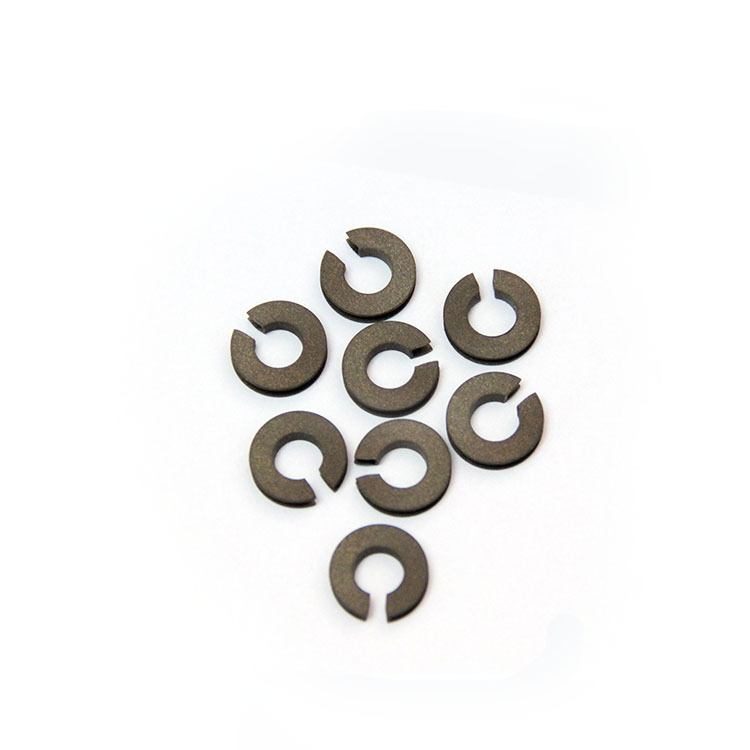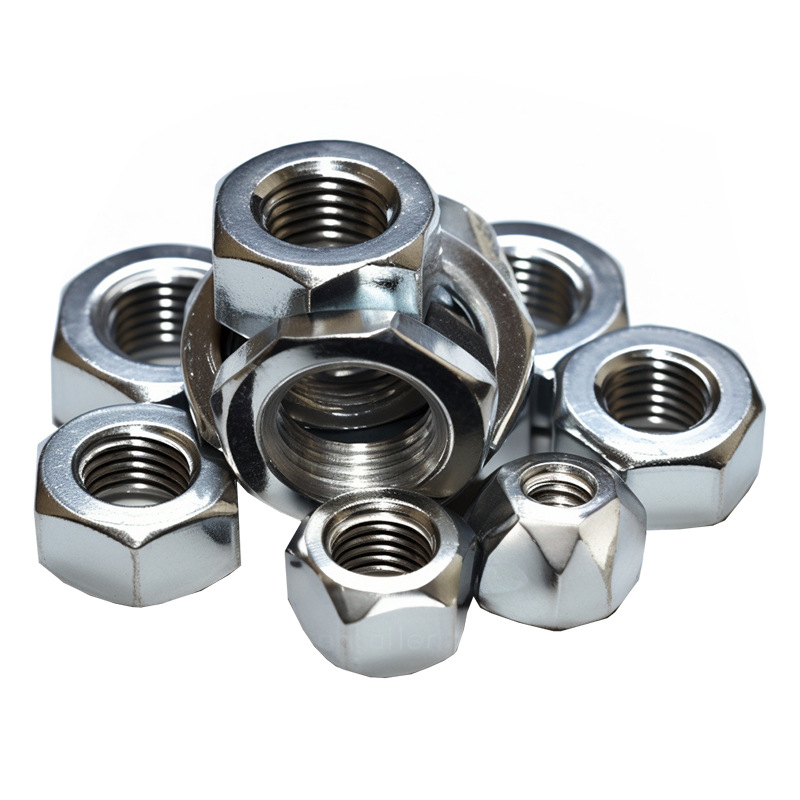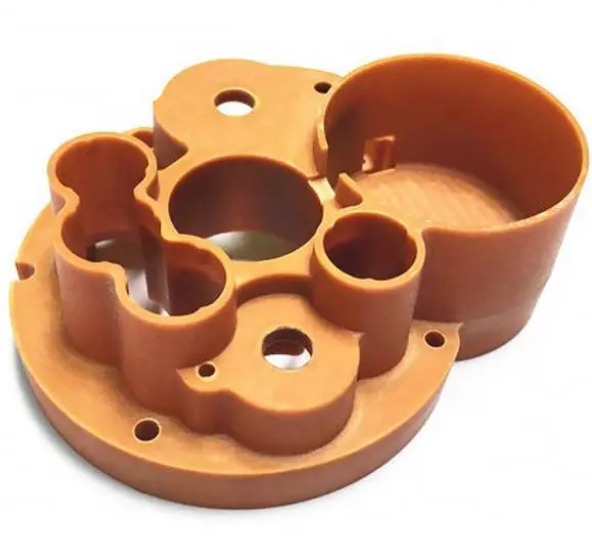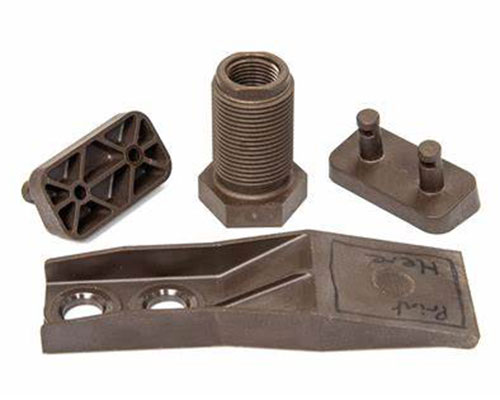Engineers and manufacturers in electronics, aerospace, and luxury goods face unique challenges: electrical connectors that degrade over time, components that corrode in harsh environments, or products that fail to meet aesthetic standards for high-end markets. A tarnished connector might disrupt a critical communication system, a corroded sensor could compromise medical equipment, or a dull finish might diminish the value of luxury jewelry. What’s needed is a solution that delivers exceptional conductivity, unbeatable corrosion resistance, and timeless beauty. This is where surface treatment gold plating excels. By depositing a thin layer of gold onto substrates, gold plating ensures reliable performance, longevity, and visual appeal—solving these critical pain points in one elegant process. In this guide, we’ll explore how gold plating transforms component functionality and aesthetics, its key types, processes, and how to leverage it for superior results.
Introduction to Gold Plating
Gold plating is a precision surface treatment that deposits gold onto substrates, blending functional performance with aesthetic elegance:
- Definition: Gold plating is an electrochemical or chemical process that applies a thin layer of gold (typically 0.1-25 μm) to a substrate, which can be metal (e.g., copper, nickel) or non-metal (e.g., plastic with a conductive coating). The gold layer enhances conductivity, resists corrosion, and adds a luxurious finish.
- Historical background: Gold plating dates back to ancient civilizations, with early techniques using mercury gilding. Modern electrolytic gold plating emerged in the 19th century, enabling consistent, thin coatings. Today, it’s a cornerstone of electronics manufacturing and luxury goods production.
- Basic principles: In electrolytic gold plating, a substrate (cathode) and gold anode are immersed in a gold-containing electrolyte (e.g., cyanide-based or cyanide-free solutions). When an electric current flows, gold ions migrate to the cathode, depositing as metallic gold. Electroless gold plating uses chemical reducing agents to deposit gold without electricity, ensuring uniform coverage on complex shapes.
- Industrial significance: Gold plating is essential in electronics (ensuring reliable conductivity in connectors), aerospace (withstanding extreme environments), and jewelry (adding value and beauty). While more expensive than other platings, its unique combination of properties makes it irreplaceable in critical applications.
- Environmental considerations: Traditional gold plating uses cyanide electrolytes, which require strict handling. Modern processes increasingly use cyanide-free solutions (e.g., sulfite-based) to reduce toxicity. Wastewater is treated to recover gold, with recycling rates exceeding 90% in efficient facilities, minimizing environmental impact.
Types of Gold Plating
Gold plating offers specialized variants to meet diverse functional and aesthetic needs:
- Electrolytic gold plating: The most common type, using an electric current to deposit gold. It allows precise control over thickness (0.1-25 μm) and is used in electronics, aerospace, and jewelry. Cyanide-based electrolytes deliver bright finishes, while cyanide-free options suit environmentally sensitive applications.
- Electroless gold plating: Deposits gold via chemical reactions, ensuring uniform coverage on non-conductive surfaces and intricate geometries (e.g., printed circuit boards with fine features). It’s ideal for components where electricity can’t reach, such as blind vias in PCBs.
- Hard gold plating: Alloyed with nickel, cobalt, or iron (5-10% by weight), hard gold has a hardness of 150-300 HV (vs. 20-30 HV for pure gold). Used in high-wear applications like switch contacts and connectors, it withstands 100,000+ mating cycles without degradation.
- Soft gold plating: Nearly pure gold (99.9%+) with high ductility and conductivity. Used in electronics where low contact resistance is critical, such as semiconductor packaging and wire bonding. Its malleability ensures good contact even with surface irregularities.
- Decorative gold plating: Applied to jewelry, watches, and luxury goods, with thicknesses of 0.5-5 μm. Often layered over nickel or copper for cost-effectiveness, it provides a bright, yellow finish that retains its luster over time.
- Flash gold plating: A thin layer (0.1-0.5 μm) applied for appearance or to protect underlying metals from tarnishing. Used in costume jewelry and decorative hardware, it balances cost and aesthetics.
- Gold alloy plating: Combines gold with other metals to tailor properties. For example, gold-silver alloys offer a paler hue, while gold-copper alloys provide a reddish tint, used in jewelry to match specific design preferences.
Properties of Gold-Plated Surfaces
The properties of gold-plated surfaces make the process unmatched in critical applications:
- High conductivity: Gold is one of the best electrical conductors (45.2 MS/m), ensuring minimal signal loss in electronics. Even thin layers (0.1 μm) maintain conductivity, making it ideal for high-frequency connectors and PCBs.
- Corrosion resistance: Gold is chemically inert, resisting oxidation, tarnish, and attack from acids, alkalis, and saltwater. Gold-plated components withstand 10,000+ hours of salt spray testing (ASTM B117) without degradation.
- Wear resistance: Hard gold plating (alloyed with nickel) resists abrasion, with a wear rate 5-10x lower than soft gold. This makes it suitable for moving parts like switch contacts and aerospace connectors.
- Aesthetic appeal: Gold’s bright, warm luster is timeless, enhancing the value of jewelry, watches, and luxury goods. It retains its color indefinitely, unlike silver or copper, which tarnish over time.
- Dimensional accuracy: Gold plating controls thickness to ±5%, with layers as thin as 0.1 μm—ideal for precision components like semiconductor leads, where even minor dimensional changes can affect performance.
- Adhesion: Proper pre-treatment (e.g., nickel underplating) ensures gold bonds strongly to substrates, with adhesion strengths of 10-20 MPa. Tests like the tape test (ASTM D3359) confirm no peeling or flaking.
- Chemical inertness: Gold doesn’t react with oxygen, sulfur, or most chemicals, making gold-plated medical devices safe for sterilization and gold-plated sensors reliable in harsh chemical environments.
Applications of Gold Plating
Gold plating solves unique challenges across high-tech and luxury industries:
- Electronics: Over 90% of high-performance connectors (e.g., USB-C, aerospace avionics) use gold plating to ensure reliable conductivity. Soft gold coats semiconductor wafers and wire bonds, while hard gold protects switch contacts in smartphones and computers.
- Jewelry: Gold plating transforms base metals (e.g., brass, silver) into affordable luxury items. A 2.5 μm gold layer over nickel-copper alloy mimics the appearance of solid gold, with better durability than pure gold.
- Aerospace: Gold-plated sensors, antennas, and electrical components withstand extreme temperatures (-200°C to 300°C) and radiation in space. Hard gold ensures connectors in jet engines remain reliable under vibration and heat.
- Medical devices: Surgical instruments and implants use gold plating for corrosion resistance and biocompatibility. Gold-coated pacemaker leads prevent tissue rejection and ensure reliable electrical signals.
- Telecommunications: Gold-plated antennas and fiber optic connectors minimize signal loss, critical for 5G networks and high-speed data transmission.
- Optics: Gold-plated mirrors and reflectors in lasers and telescopes have high reflectivity (95%+ for infrared light), making them essential for scientific and military applications.
Gold Plating Process and Equipment
The gold plating process requires precision to ensure consistent quality and performance:
- Pre-treatment processes: Critical for adhesion, steps include cleaning (to remove oils), activation (e.g., acid etching for metals), and often applying a base layer (e.g., nickel or copper) to improve gold bonding. For plastics, a conductive layer (e.g., carbon or copper) is applied first.
- Electrolyte solutions: Cyanide-based electrolytes (e.g., potassium gold cyanide) are traditional, offering bright finishes and good adhesion. Cyanide-free alternatives (sulfite, thiosulfate) are growing in use, with similar performance but lower toxicity.
- Plating tanks: Made of plastic (PVC, polypropylene) or titanium (resistant to gold electrolytes), tanks range from small benchtop units (for jewelry) to large systems (for PCBs). They include filtration to remove impurities that can mar the finish.
- Anodes: Electrolytic gold uses inert anodes (e.g., platinum-coated titanium) when using cyanide solutions, as gold ions come from the electrolyte. Soluble gold anodes are used in some acid-based electrolytes.
- Power supplies: DC rectifiers deliver low current densities (0.1-5 A/dm²) for gold plating, with precise control to avoid burning the coating. Pulse plating systems improve uniformity for complex shapes.
- Agitation systems: Mild stirring (air or mechanical) ensures uniform electrolyte distribution, critical for even plating on intricate parts like jewelry or PCB vias.
- Post-treatment processes: Parts are rinsed thoroughly to remove electrolyte, dried with hot air or centrifugation, and sometimes sealed with a clear lacquer to enhance durability (for decorative applications).
Maintenance and Quality Control in Gold Plating
Rigorous maintenance and quality control ensure gold plating meets strict performance standards:
- Equipment maintenance: Tanks are cleaned weekly to remove sludge, and anodes are inspected for corrosion. Filtration systems are replaced regularly to prevent particle contamination in the electrolyte.
- Solution maintenance: Electrolyte concentration (gold ions, pH, additives) is tested daily. Gold levels are replenished to maintain plating rate and uniformity—critical for achieving consistent thickness.
- Surface inspection: Visual checks identify defects like pits, discoloration, or uneven coverage. Microscopic examination (100-500x) detects porosity, which can compromise corrosion resistance in critical applications.
- Thickness measurement: X-ray fluorescence (XRF) is the standard method, with accuracy to ±0.01 μm. Electronics typically require 0.5-2 μm, while jewelry uses 1-5 μm.
- Adhesion testing: The bend test (ASTM B571) or thermal shock test ensures gold bonds well to the substrate—no flaking indicates good adhesion, essential for long-term performance.
- Environmental compliance: Cyanide waste is neutralized, and gold is recovered via electrolysis or chemical precipitation. Facilities comply with regulations like the EPA’s Resource Conservation and Recovery Act (RCRA) for hazardous waste handling.
- Safety protocols: Workers use PPE (gloves, goggles, respirators) when handling cyanide solutions. Ventilation systems remove fumes, and emergency kits (cyanide antidotes) are on-site for rapid response.
Yigu Technology’s Perspective
As a leading custom manufacturing supplier in China, Yigu Technology specializes in gold plating for electronics and precision components. Our electrolytic gold plating achieves ±0.05 μm thickness control, critical for high-frequency connectors. We offer both cyanide and cyanide-free processes, with hard gold (alloyed with cobalt) for wear-resistant applications and soft gold for maximum conductivity. Our quality control includes XRF thickness testing and salt spray validation, ensuring compliance with IPC and aerospace standards. Gold plating’s unique blend of properties justifies its cost in critical applications, and we work with clients to balance performance, cost, and environmental responsibility—delivering reliable, high-quality coatings every time.
FAQs
- How long does gold plating last?
Lifespan depends on thickness and use: decorative gold (1-5 μm) on jewelry lasts 5-10 years with proper care; hard gold (2-5 μm) on electronics lasts 10+ years; thick gold (10+ μm) on aerospace parts can last decades in harsh environments.
- Is gold plating hypoallergenic?
Pure gold is hypoallergenic, but many gold platings use a nickel underlayer, which can cause allergic reactions. Opt for nickel-free underlayers (e.g., palladium) for sensitive skin—common in medical devices and hypoallergenic jewelry.
- Can gold plating be applied to non-metal surfaces?
Yes—plastics, ceramics, and glass can be gold-plated by first applying a conductive layer (e.g., sputtered metal or electroless copper). This is used in decorative items, optical components, and non-conductive electronics housings.
